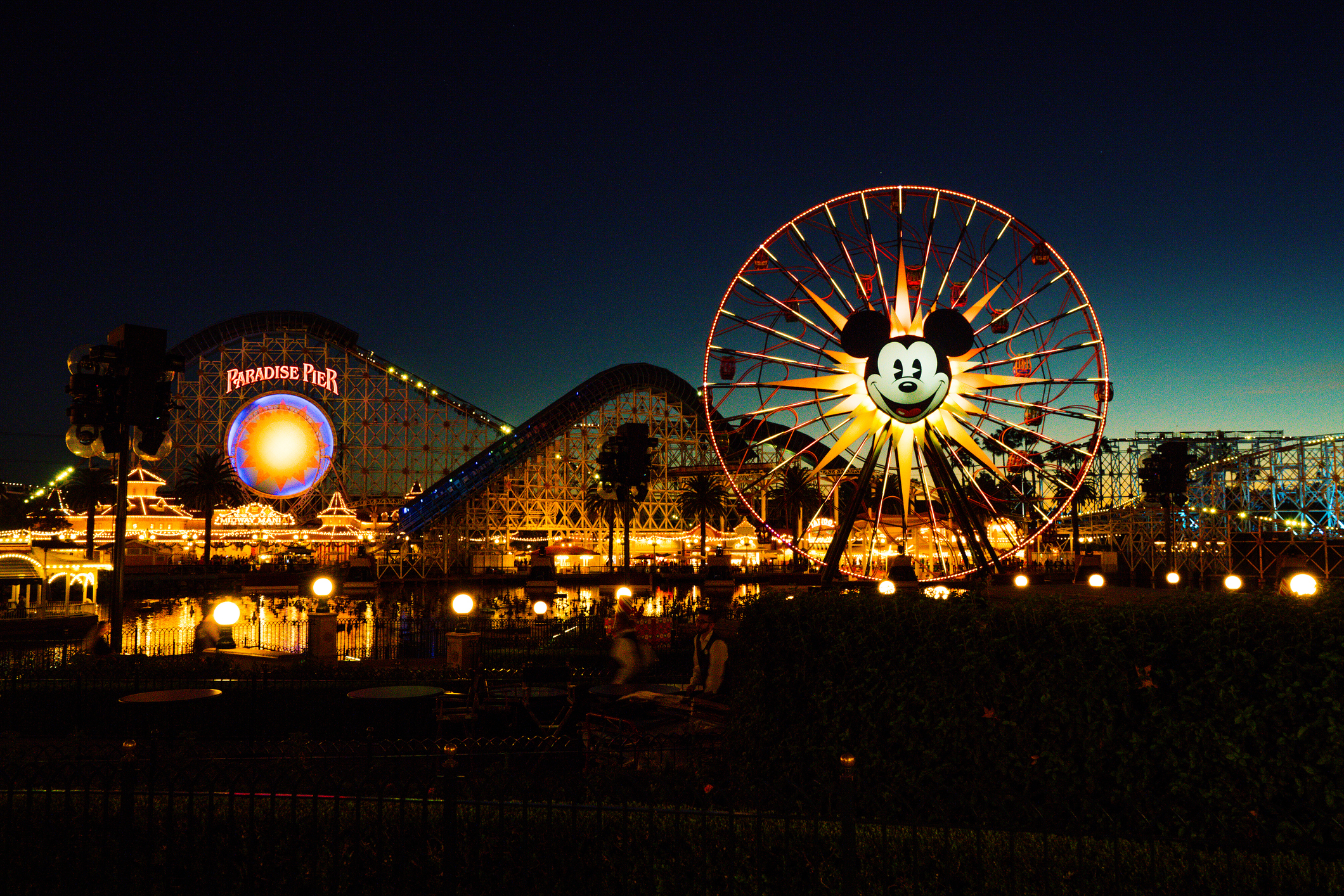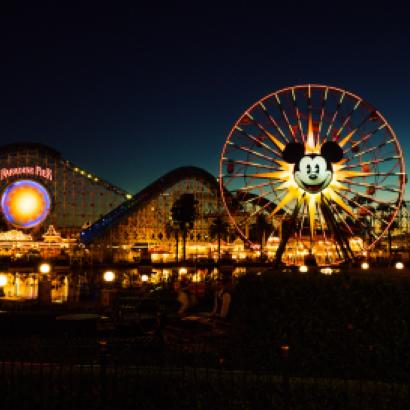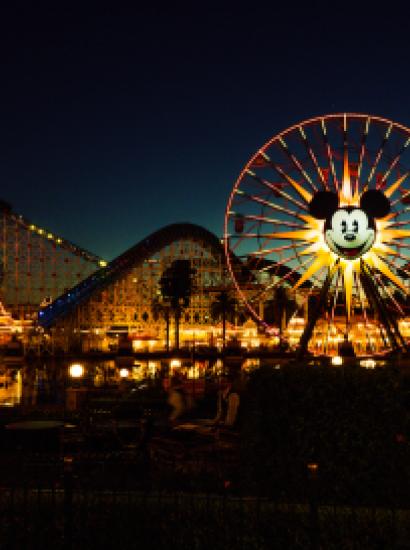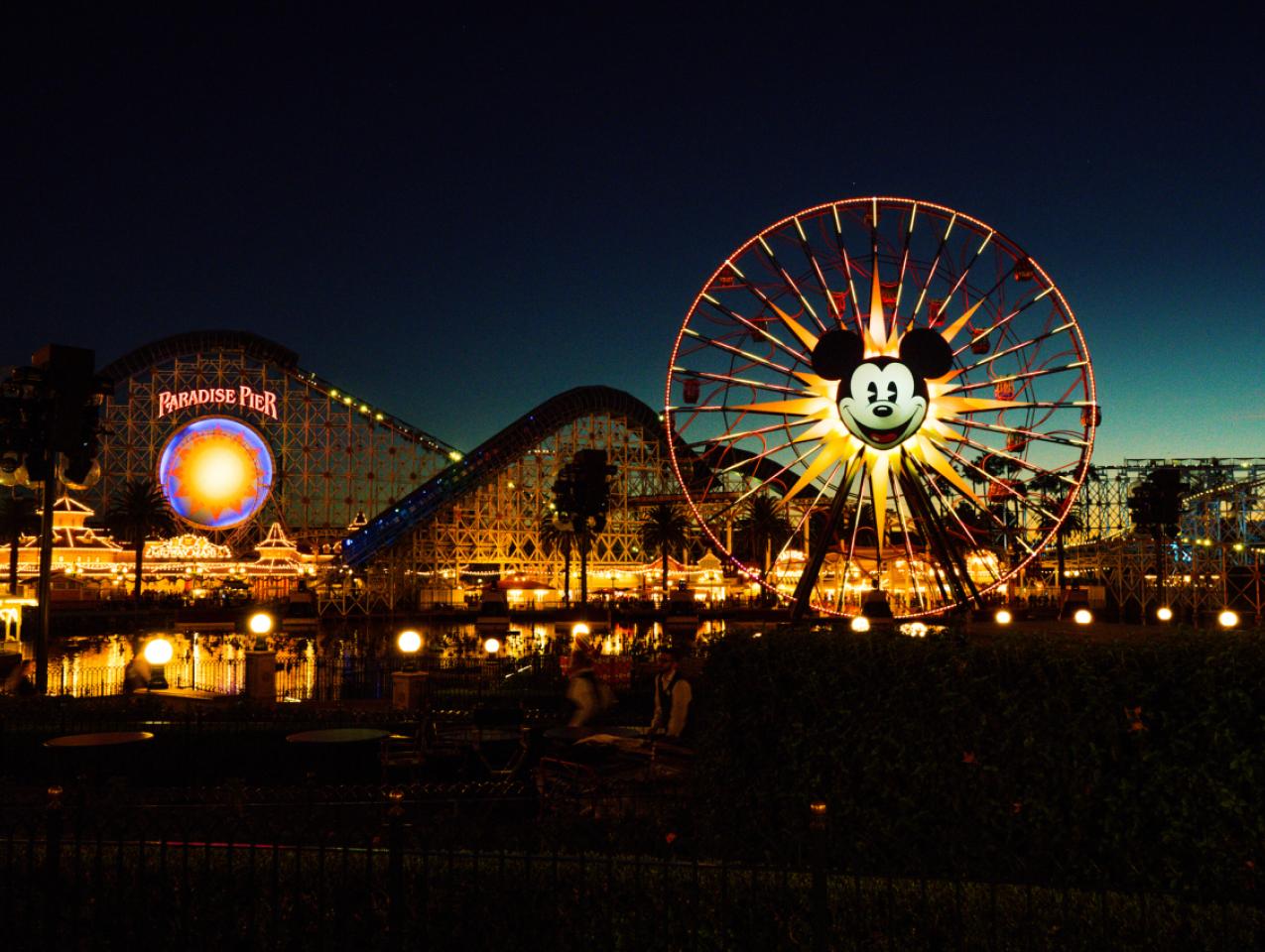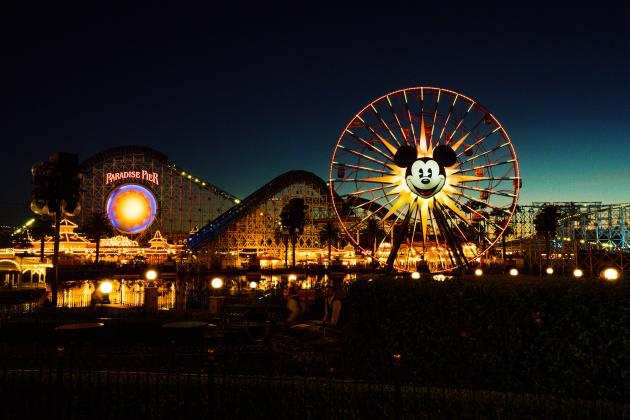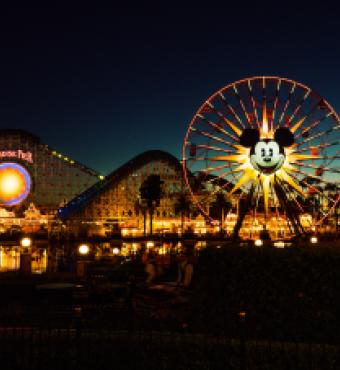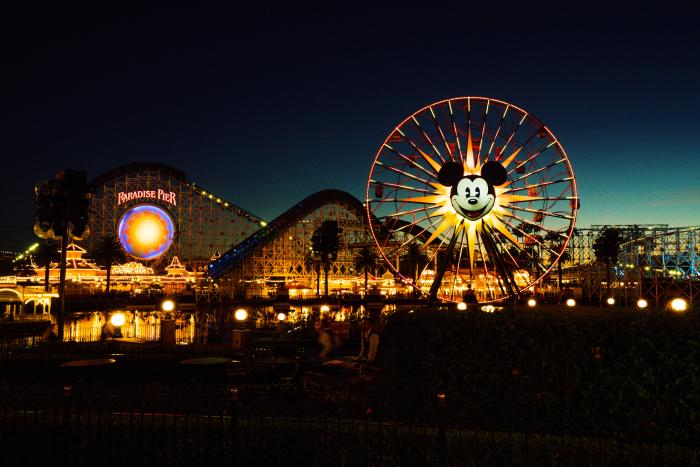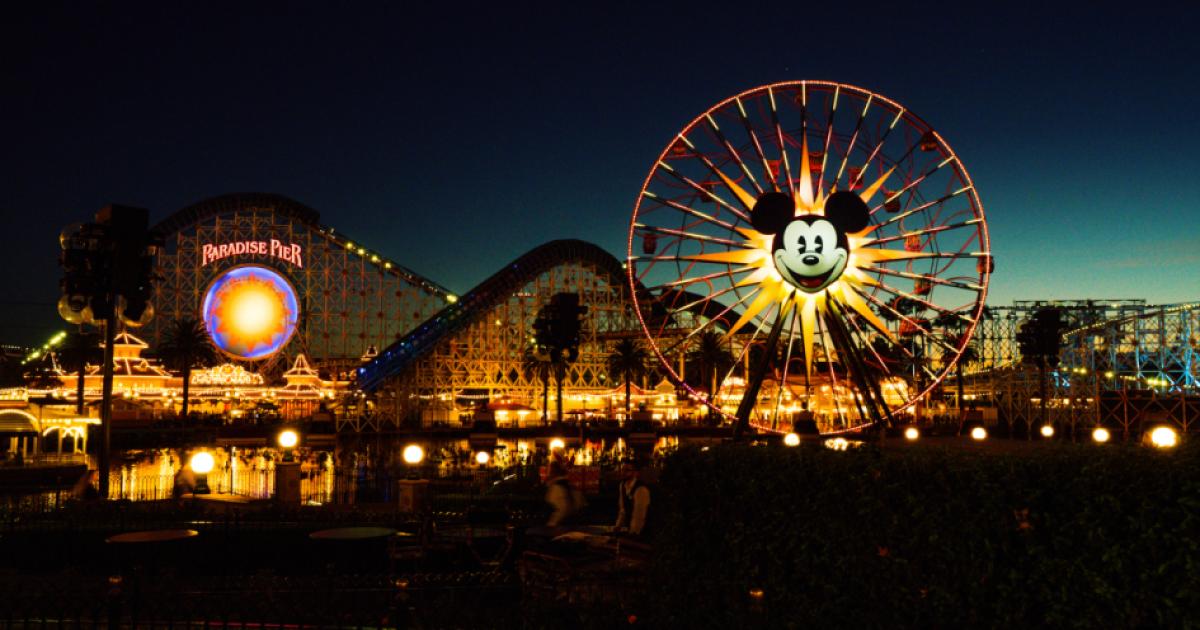- State & Local
- California
- Values & Social Policy
One way to look at America, this being an election year, is by following the I-10 transcontinental highway that runs latitudinally across the southern portion of the United States.
Why fixate on the I-10? Because it takes us on a path through California, Texas, and Florida, all of which happen to have incumbent governors vying for reelection this year (in 2024, the three megastates will play an oversize role in the presidential election, as they’ll account for 124 of the nation’s 538 electoral votes).
Actually, the three states have more in common than coinciding governor’s races. For openers, there’s the matter of changing demographics during the pandemic—Texas and Florida added more than 520,000 new residents to their combined population of 51.3 million Americans, while California (estimated population of 39.2 million) lost nearly 262,000 residents over the same one-year stretch.
There’s also a question of futuristic economies. Net tech employment in Texas and Florida—i.e., new software engineers, app development, and other tech workers entering the market—last year grew twice as fast as it did in California (among the reasons why the Golden State didn’t keep pace: less affordable housing, a higher cost of living, plus tech jobs being more portable than they were pre-pandemic).
But getting back to election-year politics, there’s the habit of California, Florida, and Texas facing off as convenient foils to suit their respective conservative and progressive tastes.
This began back in 2018, when Texas governor Greg Abbott’s reelection campaign (in 2022, he’s seeking a third term) trotted out a “don’t California my Texas” petition on its website—the idea being that the Golden State’s left-leaning social and economic policies are better left on the West Coast.
In 2022, the pattern continues, this time, with California’s and Florida’s governors squaring off over a new Sunshine State law forbidding instruction on sexual orientation and gender identity in kindergarten through third grade (here’s the bill’s summary).
On March 8, Florida’s Republican-dominated legislature forwarded the measure to the state’s GOP governor, Ron DeSantis. That same day, California governor Gavin Newsom delivered a State of the State Address that included this riff on schools: “I’m not talking about that version of education reform being promoted in some states, where they’re banning—quite literally, you can’t make this up—they’re banning books. Where you can sue your history teacher for teaching history, and where you can’t say even the word ‘gay.’”
What Newsom was alluding to: the “Don’t Say Gay” label attached to the Florida law (formally, “Parental Rights In Education”); ironically, the term “gay” does not appear anywhere in the legislation, despite the best efforts to portray the measure as homophobic.
Fast-forward three weeks from Newsom’s broadside to DeSantis signing the measure into law. That stroke of the pen sparked yet another spat—this time, with Florida’s governor facing off against the Walt Disney Co. after the entertainment giant spoke out against DeSantis’s action.
While the headline focused on man vs. mouse, here’s what caught my attention: DeSantis lashing out at unnamed “California corporate executives” while also vowing that his state won’t “bend the knee to woke executives in California.”
Just in case there was any confusion to as which state irritates Florida’s governor, DeSantis also said the following to Fox News Channel viewers: "For them to say that they, as a California-based company, are going to work to take those California values and overturn a law that was duly enacted and supported by a strong majority of Floridians . . . They don't run this state. They will never run this state as long as I'm governor."
So does Ron DeSantis really despite California? Maybe not the Golden State’s people—and certainly not its abundant political cash (it’s worth noting that Greg Abbott, while trashing California during his Texas campaigns, has traveled west to help fill his campaign war chest).
What DeSantis is doing is living in the moment. At the end of last year, and for the first time in Sunshine State history, Florida was home to more registered Republicans than Democrats. That bodes well for DeSantis come November, assuming he survives the August primary, as Florida last elected a Democratic governor in 1994 (coincidentally, the same year that Texas began its current run of Republican governors). And it could bode well for 2024’s GOP presidential nominee given that Palm Beach resident Donald Trump carried his adopted home state by nearly 372,000 votes in the last presidential election after a victory margin of less than 113,000 votes back in 2016.
Indeed, national politics may be what’s a stake, more so than differences of opinion between the elected leaders of a couple of melting-pot states that are long on citrus, beaches, and spring breakers run amok.
DeSantis’s presidential ambitions are, by now, well chronicled. As for Newsom, it’s more complicated. There is the practical matter of a California governor seeking his party’s presidential nomination while a fellow Californian, vice president Kamala Harris, in theory would be first in line, assuming President Biden doesn’t seek a second term. There’s also bad precedent: Pete Wilson, Jerry Brown, and Ronald Reagan all tried—and failed—as presidential candidates while simultaneously governing the Golden State.
There’s one other consideration for Newsom, if the next election cycle resembles the present one: the notion of a Democratic presidential nominee shamed with a scarlet “c” for California.
How that would play out on the campaign trail? If the 2024 election resembles the politics of the present, imagine a Republican nominee suggesting that he or she is more mainstream than their Democratic opponent not just in regard to K-12 sex education, but immigration, abortion, guns, taxation and environmental regulation – all policy areas where Newsom and Democratic lawmakers in Sacramento stand decidedly left-of-center.
The rest of the year may play out predictably for Newsom and DeSantis. California’s governor, seeking a second term in a state that last vanquished a one-term governor back in 1942, lacks big-name and deep-pocketed opposition—the lack of in-state competition perhaps being one reason why Newsom tweeted a photo of himself surrounded by the works of Toni Morrison, Harper Lee, and George Orwell and making a veiled reference to the likes of Tennessee and Texas (Twitter caption: “Reading some banned books to figure out what these states are afraid of”).
DeSantis’s opponent won’t be decided until Florida’s August primary. But if it’s Charlie Crist, a former Republican governor and now a Democratic congressman, then DeSantis would be up against an opponent who’s based his run on the premise that Florida voters want hugs and comforting words from Maya Angelou.
There’s an easy way for the two antagonists Newsom and DeSantis to settle their differences: they could always meet at a Disney park and hash things out on the spinning tea cups—an appropriate ride, as the debate over Florida education policy encompasses both parental concern and activists’ spin.
But which Disney at which to meet? Last year, California banned state-funded travel to Florida and four other states that Democratic lawmakers in Sacramento deemed to be LGBT-hostile (one wonders how soon Newsom produces a new round of Florida sanctions in the aftermath of the “don’t say gay” flap). So much for Newsom frequenting Orlando and Disney World.
As for DeSantis, a photo op in Anaheim’s Disneyland would be worth a thousand words . . . for California-loathing conservatives. It would likely also incur a long rant from Trump (the former president and the current governor recently clashing over COVID policy and personal choices).
The happiest place on earth? Not Disney, these days.
And certainly not any conversation involving Gavin Newsom and Ron DeSantis.







